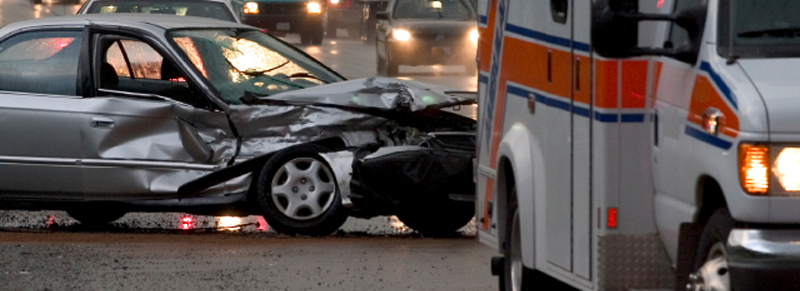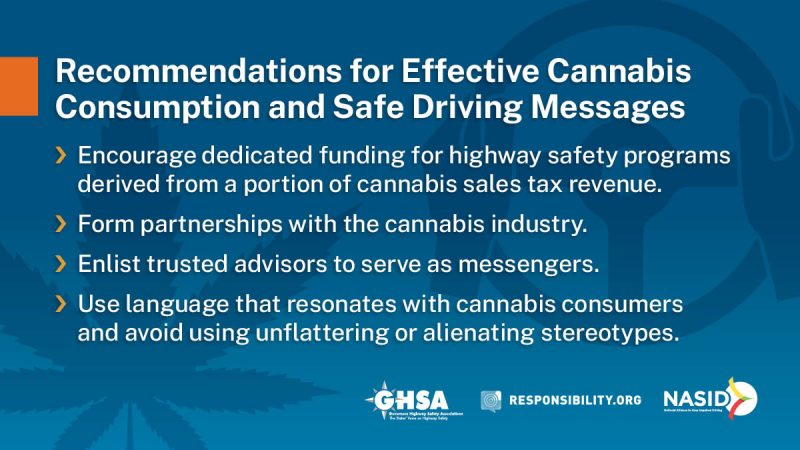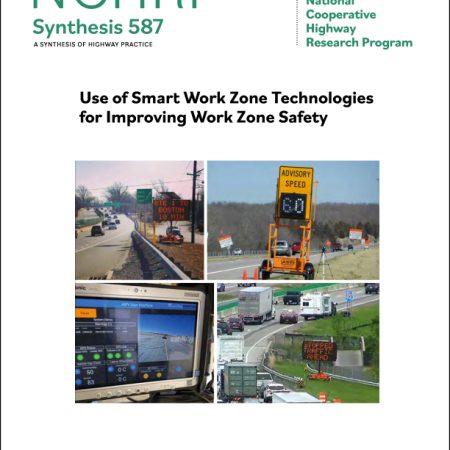AAA Urban Speed Study
Prior to 2015, there were more traffic fatalities in rural areas than in urban areas in the U.S.; however, between 2010 and 2019, fatalities in urban areas increased by 34%, while those in rural areas decreased by 10%. Consequently, in 2019, there were 19,595 traffic fatalities in urban areas compared to 16,340 fatalities in rural […]



